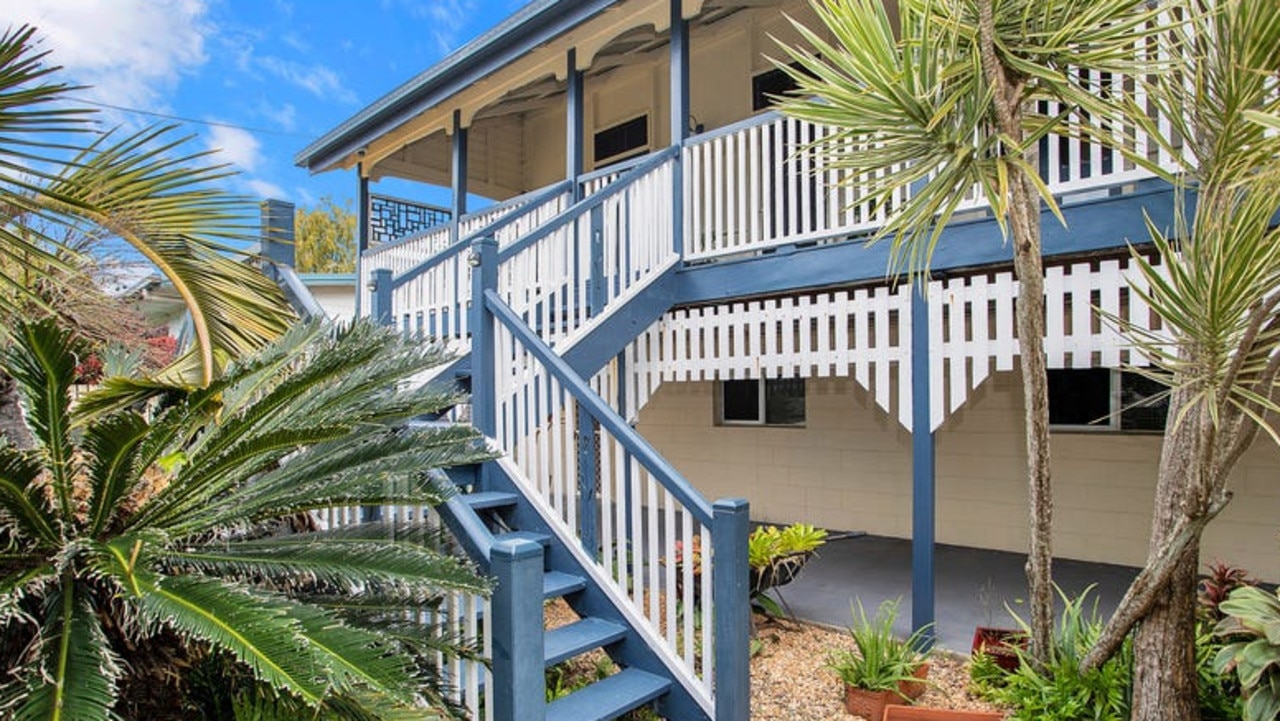Mackay's forgotten Battle of Bullecourt heroes
100 years on, we remember the brave local soldiers who faced the might of the German armed forces during the bloody Battle of Bullecourt in France
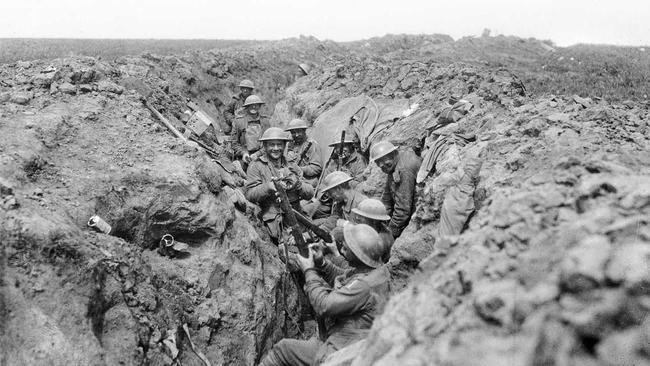
Mackay
Don't miss out on the headlines from Mackay. Followed categories will be added to My News.
AS THE sun rose across an idyllic snow-covered field in northern France on April 11, 1917, thousands of Australian Diggers calmly began walking toward the German enemy line some 2km away.
By the end of the day, that beautiful stretch of pristine fertile ground a short distance from the village of Bullecourt would be known as "the blood tub".
The first Battle of Bullecourt was an unmitigated disaster that had the might of the German army mow down 3300 Australians with a barrage of bullets and explosives in just a few hours.
The Germans also took 1170 of the Australian soldiers as prisoners of war by day's end.
The previous evening, British and Australian defence leaders ordered the Aussies - including 10 Bundaberg men from the 15th Battalion - to attack the German defence of the Hindenburg Line on the opposite side of the field.
The Aussie infantry moved forward, expecting to be protected by at least 12 British tanks.
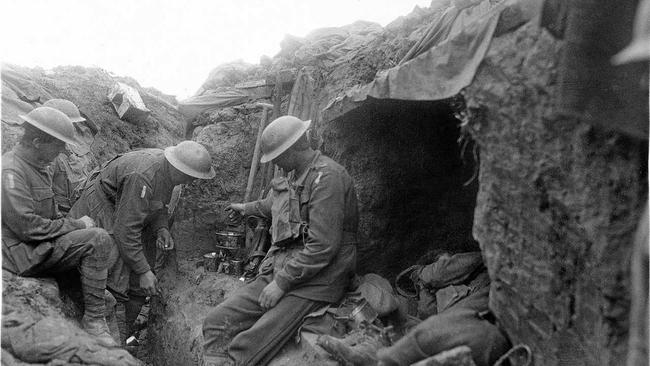
But the behemoths of the battlefield were so slow that they did not get to there on time and when the tanks eventually crawled past the Aussie trenches, they were quickly destroyed by the enemy's strong wall of field artillery.
That same arsenal of German weapons ripped the approaching Diggers to shreds.
Among the dead were Mackay farmhand John Joseph Punzell, labourers Thomas Sleight and Stanley George Edwards and farmer John Bartholomew Fahey.
The Mackay-region Diggers died fighting alongside other men from our region including John Grant, Irving Robert Johnstone, William Christensen, George Young Waters, Patrick John Frostrop and Simon Fahey Porter.
All of these other men survived Bullecourt but succumbed to wounds or disease or were killed in action within 20 months of that fateful day.
Simon Porter, who was born in Mackay but lived in Rockhampton, received the Military Cross for "conspicuous gallantry and devotion to duty".
"No doubt exceedingly important strategic objects lay behind the British (led) attack, but I have never been able to discover what they were," German General Eric Ludendorff wrote shortly after the killer skirmish that barely impacted his own battalions.
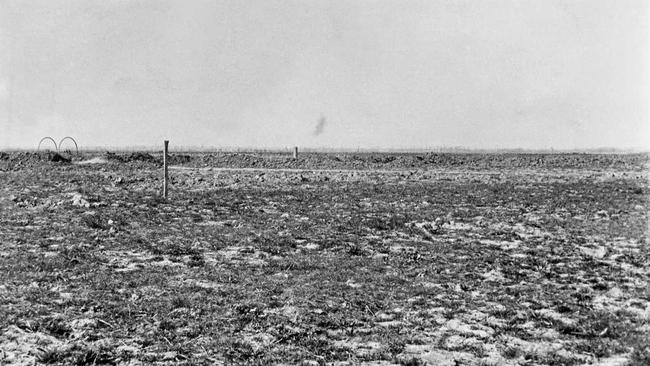
Battle of Bullecourt expert Captain Andrew Craig said wave after wave of Diggers moved across that icy field, never faltering to follow in the footsteps of their mates despite the unrelenting mass of bodies falling before them.
"The Australians advanced over 2000m of pretty flat ground," the retired Royal Australian Navy officer told ARM Newsdesk.
"They walked up. There was no running or jumping.
"They just walked in to face the shells and bullets.
"It took a particular mindset just to keep at it.
"I think what held them together was their resilience, courage and mateship.
"You had to be able to have such confidence in your mates on either side and know that they were there to protect you the best they could and you were there to protect them the best you could and you just got on with it."
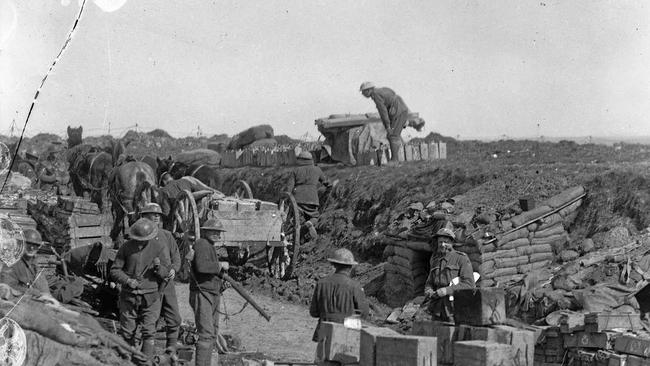
Australia War Memorial senior historian Aaron Pegram said the Battle of Bullecourt was over-shadowed by bigger and bloodier campaigns elsewhere including the Somme, Pozières and Passchendaele where more than 62,000 allied soldiers were killed.
"Bullecourt - with 3000-plus casualties in one unsuccessful assault - it is on its own staggering, but in the context of those other losses it's also a drop in the ocean," he said.
On April 25, Mackay residents will remember the sacrifice of these soldiers during the Anzac Day dawn services.
Our region will also commemorate the lives lost in the second Battle of Bullecourt.
That battle started on May 3, 1917, and by the time it ended two weeks later on May 17, 7482 Australians were dead.
Both Bullecourt battles accounted for the deaths of almost 11,000 Australians, about one sixth of the 62,000-plus Australian casualties in the First World War.
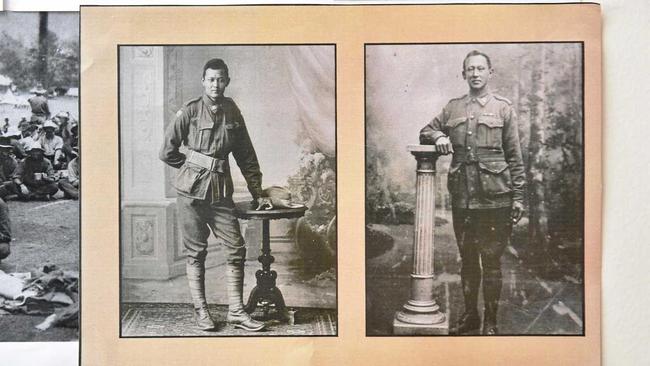
How brothers in arms braved battles at war and at home
THEY faced the same enemy as their comrades, braved the same harsh conditions and risked their lives for the same cause, but when First World War brothers in arms Caleb and Sidney Shang returned home to Australia they were ostracised for the colour of their skin.
Just being able to join the Australian Imperial Forces was a battle for the Shangs who were among about 200 Chinese-Australians to fight in WWI.
They were initially denied entry to the AIF because their father was Chinese and the Defence Act of 1909 only allowed men "substantially of European origin" to enlist.
They were eventually allowed to join our nation's WWI efforts when the government loosened its Euro-centric recruitment policy, allowing men of mixed ethnic heritage to join if they had one European parent.
Caleb was born in Fortitude Valley in 1884 and Sidney was born in Rockhampton in 1891.
Their parents, Jane Noon and Lee Wah Shang, moved the boys and their 11 siblings to Cairns where the family continues to have strong connections.
Sidney was the first of the Shangs to enlist when he made the journey to Townsville in January of 1916 at the age of 24. Caleb was not far behind, with the older brother joining the AIF five months later.
Both Caleb and Sidney did their country proud on the battlefields of France.
Sidney served in the 12th Battalion, fighting at Ypres in Flanders and on the Somme.
His battalion helped block a German offensive in 1918 near Amiens on August 8.
Sidney earned a British War Medal and the Victory Medal for his battlefield heroics.
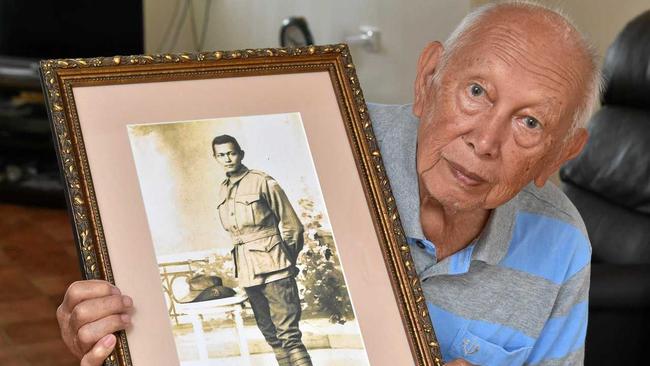
His brother was one the few Australians to survive the first Battle of Bullecourt on April 11, 1917 in France.
Knowns as "the blood tub", some 3300 Australians were killed and 1170 taken as prisoners of war within a few hours of the under-prepared Australians launching their assault on the significantly stronger German enclave on the Hindenberg line.
Caleb was known to be a heroic jack-of-all-trades soldier, usually taking on the roles of runner, signaller, scout and sniper.
He often bravely infiltrated enemy lines where he would quickly sketch out the enemy positions for his commanders.
Caleb's bravery at Bullecourt and elsewhere in France earned him two Distinguished Conduct medals and one Military Medal.
He returned to Australia as our nation's first decorated soldier of Chinese descent and, at the time, the most decorated soldier in Queensland.
After the war, Caleb settled down in Victoria where he worked as a herbalist. He married in 1923 and moved with his wife to the Cairns region where he died 30 years later in 1953.
Sidney settled in Innisfail where he married and raised seven kids while working as a taxi driver, a butcher and eventually as a self-employed truckie.
He endured years of ill health, with most of his ailments stemming from being gassed during the war.
He died in 1956 from tuberculosis.
Keith Shang told APN Newsdesk his father Sidney and Uncle Caleb came back to Australia as humble men determined to put their war experiences behind them and to get on with their lives.
"I'm very proud of my father and uncle," the former Mackay resident told ARM Newsdesk from his Fraser Coast home.
"They were very good men and they were good fathers.
"You just had to take them as you found them."
Mr Shang said his father and uncle were not given land as part of the soldier resettlement scheme and instead of being treated as heroes they were subjected to intense and ongoing racism.
"They did their part in the war and they came back and suffered.
"They didn't get any money, they weren't really recognised for what they did.
"They had to battle all of the time.
"My dad used to stand in line for work and they would pick other men instead of him.
"In the old days they would be called anything (racist)."
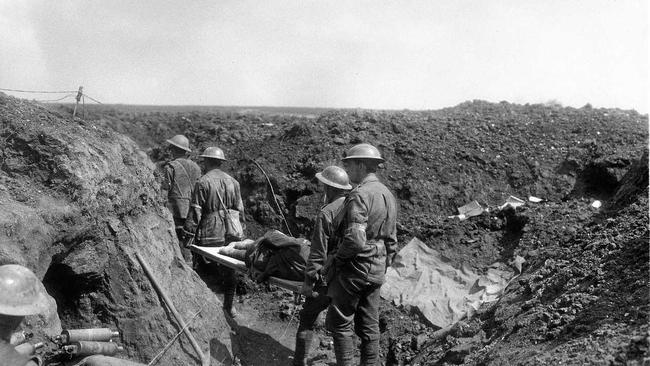
Mackay region 15th Australian Infantry Battalion soldiers who fought at the Battle of Bullecourt during the First World War:
John Grant was a Mackay station-master who died of wounds on May 23, 1918. He enlisted on February 21, 1916 and embarked from Brisbane on board HMAT A55 Kyarra on November 17, 1916 at the age of 27.
Irving Robert Johnstone was a Mackay stockman who was killed in action on September 27, 1917. He enlisted on September 23, 1916 and embarked from Brisbane on board HMAT A55 Kyarra on November 17, 1916 at the age of 20.
William Christensen was a Rockhampton-born Mackay fitter who died of wounds on July 8, 1918. He enlisted on February 17, 1916 and embarked from Brisbane on board HMAT A50 Itonus on August 8, 1916 at the age of 19.
George Young Waters was a Mackay labourer who was killed in action on July 1, 1917. He enlisted on October 7, 1916 and embarked from Brisbane on board HMAT A55 Kyarra on November 17, 1916 at the age of 33.
John Joseph Punzell was a Mackay farm hand who was killed in action on April 11, 1917. He enlisted on December 14, 1915 and embarked from Sydney on board HMAT SS Hawkes Bay on April 20, 1916 at the age of 20.
Thomas Sleight was a Rockhampton-born Mackay labourer who was killed in action on April 11, 1917. He enlisted on January 31, 1916, and embarked from Brisbane on board HMAT A50 Itonus on August 8, 1916 at the age of 27.
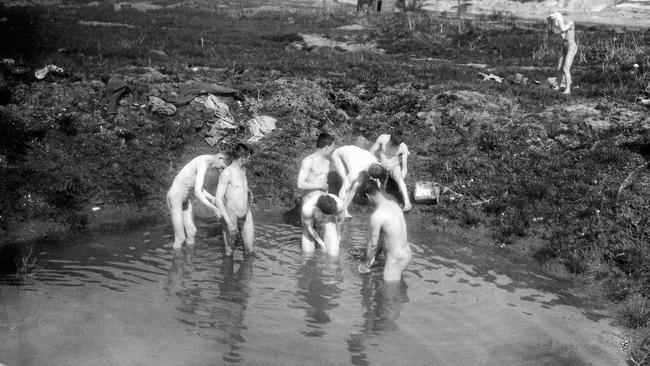
Patrick John Frostrop was a Mackay-raised Mungar labourer who was killed in action on August 13, 1918. He enlisted on March 27, 1916, and embarked from Brisbane on board HMAT A46 Clan Macgillivray on September 7, 1916 at the age of 31.
John Bartholomew Fahey was a Bowen farmer who was killed in action on April 11, 1917. He enlisted on June 5, 1916 and embarked from Brisbane on board HMAT A36 Boonah on October 21, 1916 at the age of 42.
Simon Fahey Porter was a Mackay-born and raised Mount Morgan school teacher who died of wounds on November 25, 1918. He enlisted on September 1, 1915 and embarked from Brisbane on board HMAT A62 Wandilla on January 31, 1916 at the age of 29. He was awarded the Military Cross for "conspicuous gallantry and devotion to duty. He was in command of a company during an attack, and led his men with splendid courage and coolness to the final objective. He consolidated the captured position most skilfully, and his cheerful bearing and fearlessness were a splendid example to his men throughout.".
Stanley George Edwards was a Rockhampton-born Sarina labourer who was killed in action on April 11, 1917. He enlisted on January 25, 1916 and embarked from Brisbane on board HMAT A50 Itonus on August 8, 1916 at the age of 20.
Source: Australian War Memorial
- ARM NEWSDESK
Originally published as Mackay's forgotten Battle of Bullecourt heroes


